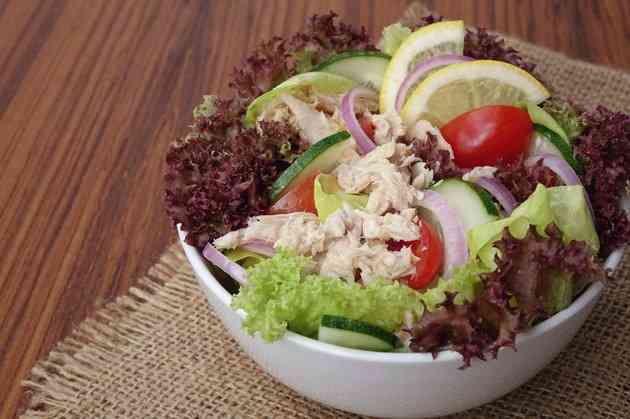The Glycemic Index Table of Fruits & Vegetables

The glycemic index, abbreviated GI, is a great tool to evaluate the quality of carbohydrate-containing foods. Foods with a low GI result in more even blood sugar levels after eating, while foods with a higher GI cause larger fluctuations in your blood sugar levels. Low GI foods are associated with a healthier body weight, a reduced risk of developing heart disease and improved physical performance. A value of 55 and under is considered low, between 56 and 69 is medium and 70 and above is high.

Low GI Fruits
Many fruits have a low GI value, which makes them good choices for keeping your blood sugar levels under control and maintaining optimal health. For example, cherries, apples, pears, peaches, grapefruit, plums, grapes, kiwifruits, oranges, strawberries and prunes all have a GI below 55, which makes them good options for a low glycemic index diet.
Medium GI Fruits
Mangoes, bananas, raisins, papaya, figs and pineapple have a medium GI value, which ranges between 56 and 69. Although these fruits do not produce a sharp rise in your blood sugar levels like a high GI food would, their influence over your blood sugar levels is significantly higher compared to low GI fruits.
High GI Fruits
Watermelon has a GI of 80 and dates have a GI of 103, making them high GI fruits. Eating these fruits, especially in large quantities, can cause your blood sugar levels to rise quickly. High GI foods should be consumed in moderation only.
Low GI Vegetables
Most vegetables have a low GI, with only a few exceptions. If you are aiming to lower your dietary GI, you can include an abundance of vegetables such as carrots, eggplants, tomatoes, onions, mushrooms, broccoli, cauliflower, lettuce, green beans, bell peppers, summer squash and cabbage. These vegetables will help you keep your blood sugar levels more stable.
Medium GI Vegetables
Beetroot is one of the only vegetables with a medium GI value of 64. It can be part of a healthy and balanced low glycemic index diet if eaten in moderation.
High GI Vegetables
Pumpkins and parsnips have a high GI, which is above 70. All potatoes, whether they are baked, mashed or fried, also have a high GI value. Eating high GI vegetables can result in a sharp increase in your blood sugar levels.




